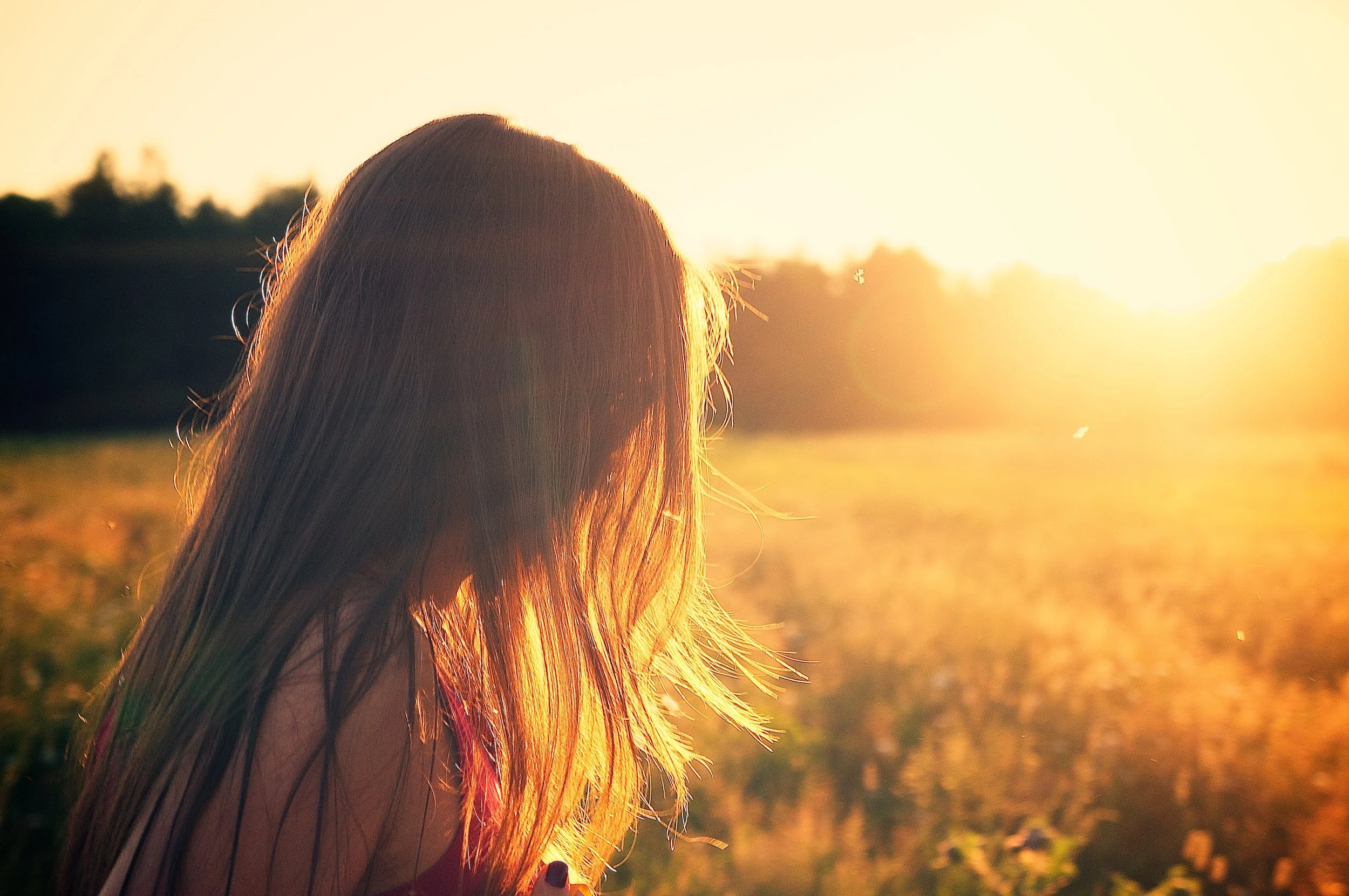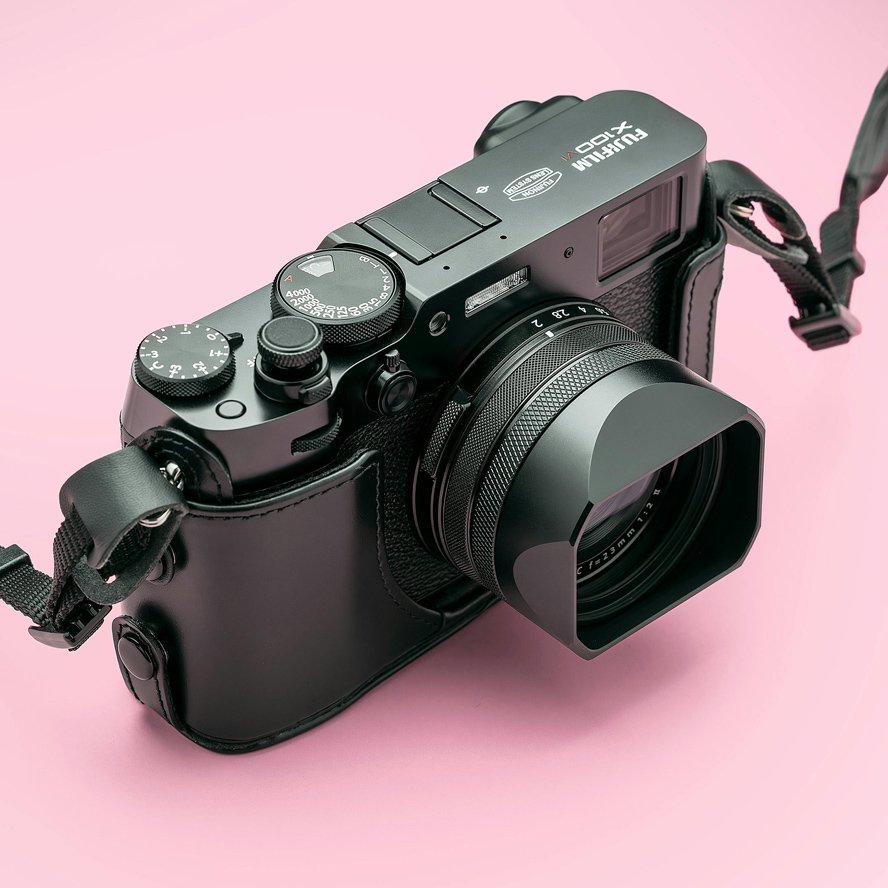8 Great Tips for Shooting in Bright Sunlight
We've written about the ideal times of day to shoot if you'd like to leverage natural light (which really is the best light to shoot in).
But, what if you don't have a choice and have to shoot outdoors in bright light? What if it's midday with very bright sunlight? Here are a few tips to help you better manipulate something you really can't control: Mother Nature's light source, the sun.
1. Avoid midday sun
The worst time to shoot is when the sun is straight overhead at its brightest and casting deep shadows. This means that the best time to shoot is early in the morning or toward the end of the day, just before sunset. Those are the times when you get a softer, more diffused natural light that is ideal for photography. Colors appear at their most natural during this time. If you're on a schedule that doesn't allow you to shoot during those hours, you don't have to scratch the whole shoot.
2. Move your model
If you have to shoot outdoors when there's a bright light, move the model into a shaded area or make the most of the bright light by having the model face the sun. ( If you do the latter one of these, be sure to avoid sharp shadows across her face.) If you move the model into a shaded area, be sure not to backlight her with the sun, but turn the model toward the light. This composition (light in front and darkness in back) can add depth with a darker background behind your model.
3. Use a scrim
You can use a scrim to create a more diffused light. Scrims are any material you place in front of a light source to diffuse the light. They're typically material stretched across a frame or sheets of acrylic or Depron (dense polystyrene), but you can create an instant scrim by holding up an umbrella or something else that will diffuse the light while you're shooting. Dispersing light with a scrim can get you the softer light effect you'd get by shooting early in the morning or early evening.
4. Use fill flash
If the bright sunlight is creating shadows across your subject, use a fill flash. This also prevents your subject from being underexposed. Shooting on automatic when there's bright light - without using a fill flash - can trick the camera into underexposing your subject. The camera's built-in meter thinks there is enough light and subsequently underexposes the subject. The fill flash addresses this issue by filling in the underexposed areas.
5. Use a reflector
You can also fill in any shadows caused by direct sunlight by using a reflector. A reflector will bounce or direct light into the face of your subject avoiding those dreaded shadows across a face. The do a similar job to what flashes do.
6. Use a filter
You can also manage bright light by using a neutral density filter or a polarizing filter for DSLR Camera. It reduces the amount of light entering your camera, and the other is the polarizing filter can also reduce bright reflections. A polarizing filter will also help eliminate washed out colors.
7. Avoid close-ups
If you're shooting in bright midday light, avoid close-ups which can make shadows more obvious. Instead, go out wider when determining your composition.
8. Use a Lens Hood
It's very likely that your lens came with a lens hood. If you're shooting in bright sunlight, bring out that lens hood to avoid any light flares on the lens. If you don't have a lens hood, do what many a photographer has done at some point in their career: make your own lens hood. You can easily create one out of cardboard or heavy paper.























